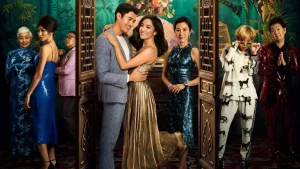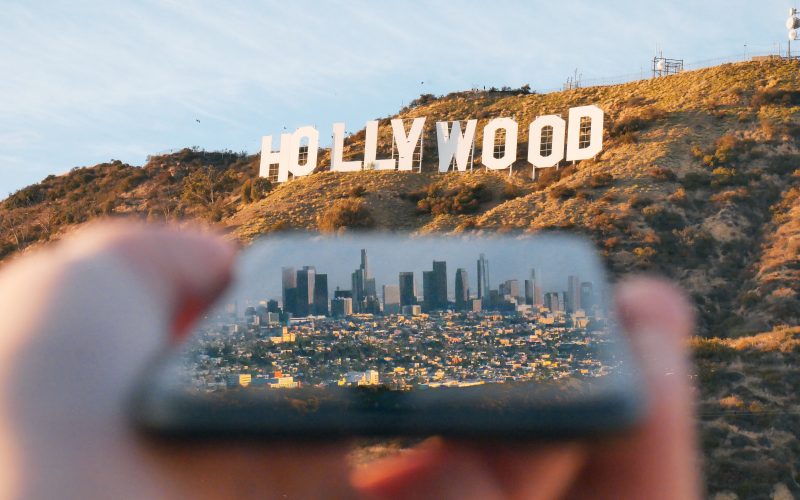Introduction
Hollywood, the epicenter of the global entertainment industry, has long been criticized for its lack of diversity both in front of and behind the camera. However, recent years have seen a significant shift in this paradigm. The push for diversity in Hollywood has not only resulted in more inclusive casting and storytelling but has also enriched the industry’s creative landscape. This article aims to explore the multifaceted role of diversity in Hollywood’s new wave of storytelling, examining its impact on the industry, audience reception, and the broader cultural implications.
Historical Context

-
Early Hollywood and Representation
Hollywood’s early years were marked by a lack of diversity, with predominantly white, male actors and filmmakers dominating the scene. Characters from diverse backgrounds were often relegated to stereotypical roles, reinforcing harmful cultural narratives. This lack of representation extended to all facets of the industry, from acting to directing, writing, and producing.
-
The Civil Rights Movement and Hollywood
The Civil Rights Movement of the 1960s brought about some changes in Hollywood, with films like “Guess Who’s Coming to Dinner” and “In the Heat of the Night” introducing more complex characters of color. However, these were exceptions rather than the norm, and the industry continued to struggle with genuine representation.
The Push for Diversity in the 21st Century

-
Social Media and Activism
The advent of social media has played a crucial role in amplifying calls for diversity in Hollywood. Platforms like Twitter and Instagram have allowed marginalized voices to be heard, creating a groundswell of support for more inclusive storytelling. Movements like Oscars So White and MeToo have highlighted the industry’s shortcomings and pressured Hollywood to make meaningful changes.
-
Industry Initiatives
In response to these calls for change, various industry initiatives have been launched to promote diversity. Organizations like the Academy of Motion Picture Arts and Sciences have introduced new diversity standards for Oscar eligibility. Studios and production companies have also committed to more inclusive hiring practices, both in front of and behind the camera.
The Impact of Diversity on Storytelling

-
Enriching Narratives
One of the most significant impacts of increased diversity in Hollywood is the enrichment of narratives. Diverse voices bring unique perspectives and experiences to the table, resulting in more complex and nuanced storytelling. Films like “Black Panther,” “Crazy Rich Asians,” and “Parasite” have not only achieved commercial success but have also resonated deeply with audiences worldwide.
-
Authentic Representation
Authentic representation is crucial for creating relatable and meaningful stories. When people see themselves reflected on screen, it fosters a sense of validation and belonging. This is particularly important for marginalized communities who have historically been underrepresented or misrepresented in media.
-
Challenging Stereotypes
Diverse storytelling also has the power to challenge and dismantle harmful stereotypes. By presenting multifaceted characters from various backgrounds, Hollywood can break down preconceived notions and promote a more inclusive and empathetic society.
The Business Case for Diversity

-
Box Office Success
Diverse films have proven to be lucrative at the box office. Movies like “Black Panther” and “Crazy Rich Asians” have shattered records, demonstrating that there is a substantial audience for diverse stories. This success challenges the outdated notion that films with diverse casts are niche or less marketable.
-
Global Appeal
In an increasingly globalized world, diverse storytelling has a broader appeal. Films that authentically represent different cultures can resonate with international audiences, expanding Hollywood’s reach and influence.
-
Talent Attraction and Retention
Promoting diversity also helps attract and retain top talent. Actors, writers, directors, and other industry professionals are more likely to thrive in an environment that values and respects their unique perspectives. This, in turn, fosters a more innovative and dynamic industry.
Challenges and Criticisms

-
Tokenism and Stereotyping
While progress has been made, there are still challenges to overcome. Tokenism, where diverse characters are included in a superficial or symbolic manner, remains a concern. Additionally, there is a risk of perpetuating stereotypes if diverse characters are not portrayed authentically.
-
Structural Barriers
Structural barriers within the industry also hinder progress. Issues like unequal pay, lack of opportunities for marginalized groups, and systemic biases continue to pose significant challenges. Addressing these issues requires a concerted effort from all industry stakeholders.
-
Audience Reception
While many audiences celebrate increased diversity, there is also backlash from some quarters. Resistance to change can manifest in various ways, from negative reviews to social media campaigns. Navigating this landscape requires a delicate balance between staying true to diverse narratives and addressing audience concerns.
The Future of Diversity in Hollywood

-
Continued Advocacy
Continued advocacy is essential for sustaining and advancing diversity in Hollywood. Organizations, activists, and industry professionals must keep pushing for meaningful change, holding the industry accountable for its commitments.
-
Education and Training
Investing in education and training is crucial for fostering a more inclusive industry. This includes initiatives to support emerging talent from diverse backgrounds and programs to educate industry professionals about the importance of diversity and inclusion.
-
Collaboration and Innovation
Collaboration and innovation will be key to the future of diversity in Hollywood. By working together, industry stakeholders can develop new models for inclusive storytelling and create a more equitable and dynamic entertainment landscape.
Conclusion
Diversity in Hollywood’s new wave of storytelling is not just a trend; it is a fundamental shift that is reshaping the industry for the better. By embracing diverse voices and perspectives, Hollywood can create richer, more authentic narratives that resonate with audiences worldwide. While challenges remain, the progress made so far is a testament to the power of diversity and the potential for a more inclusive future.










